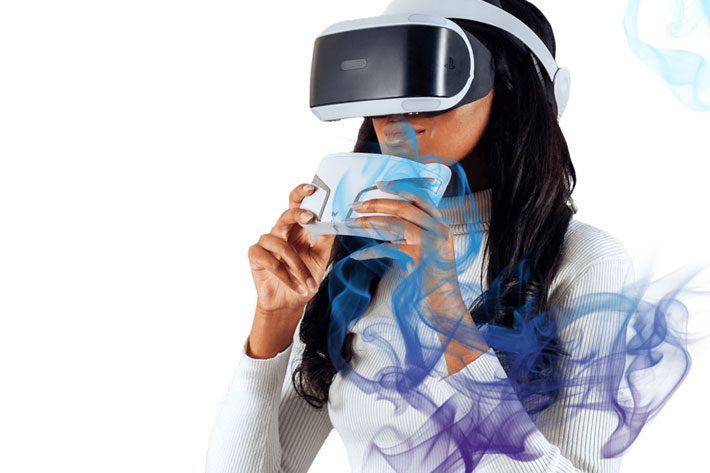
From Haptics to Smell: Sensory Innovation in VR Gaming
Virtual reality gaming has entered a new era where sight and sound are no longer the sole drivers of immersion. Developers are now exploring advanced sensory technologies such as haptic feedback, scent simulation, and even temperature variation to create more realistic and emotionally impactful experiences. These innovations aim to close the gap between the digital and physical worlds, allowing players to truly feel and sense their virtual environments.
Haptic devices—ranging from gloves and suits to full-body platforms—allow users to feel textures, resistance, and motion with astonishing realism. Whether you're drawing a bowstring, petting a virtual animal, or feeling the recoil of a futuristic weapon, haptics add a powerful layer of tactile immersion. Combined with motion tracking, these sensations transform gameplay from a visual activity into a full-body experience.
Olfactory interfaces are also making waves in the VR space. Using compact scent emitters synchronized with in-game events, players can now smell environments like forests, kitchens, or battlefields. This multisensory approach enhances immersion and memory formation, as the brain associates scents with emotions and experiences. Developers are exploring how scent cues can be used not only to deepen atmosphere but also to guide player behavior and narrative flow.
Further sensory innovations include temperature control and wind simulation, giving users the ability to feel environmental changes in real time. Imagine the warmth of a desert breeze or the chill of a snowy peak—these elements add a visceral quality to VR environments that was previously unimaginable. These technologies are particularly valuable in genres like survival, adventure, and simulation games where atmosphere is essential.
As sensory hardware becomes more affordable and compact, the future of VR gaming is poised to be more immersive and personalized than ever before. These innovations not only elevate entertainment but also open doors for therapeutic applications, training simulations, and education. With each advancement, the line between virtual and physical reality continues to blur, making VR a truly transformative medium for storytelling and interaction.